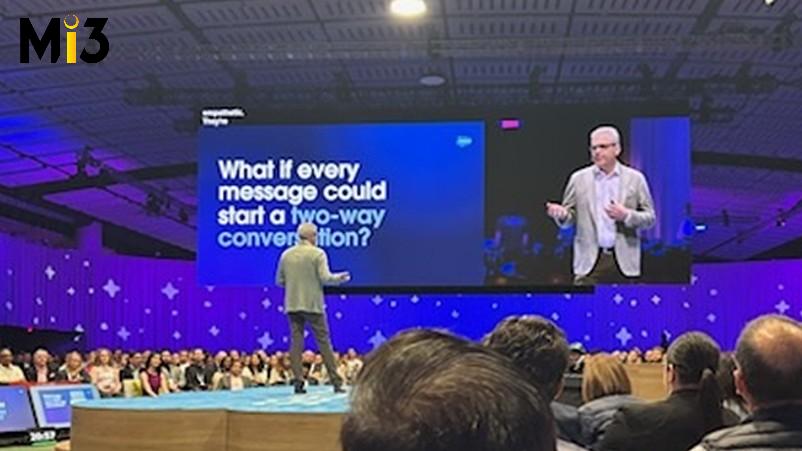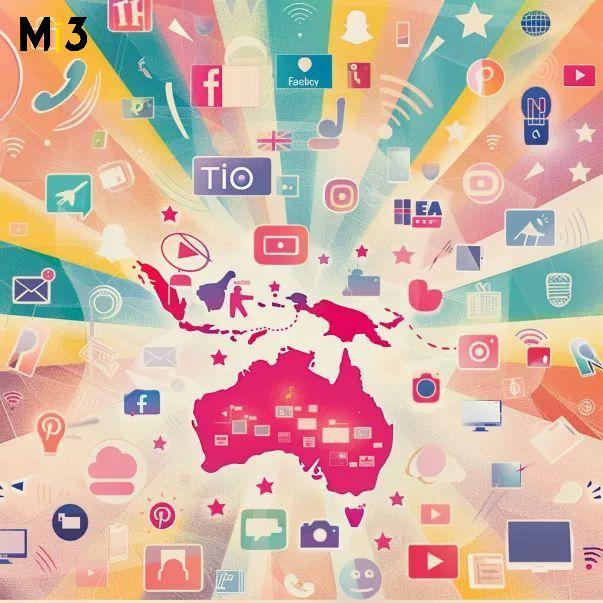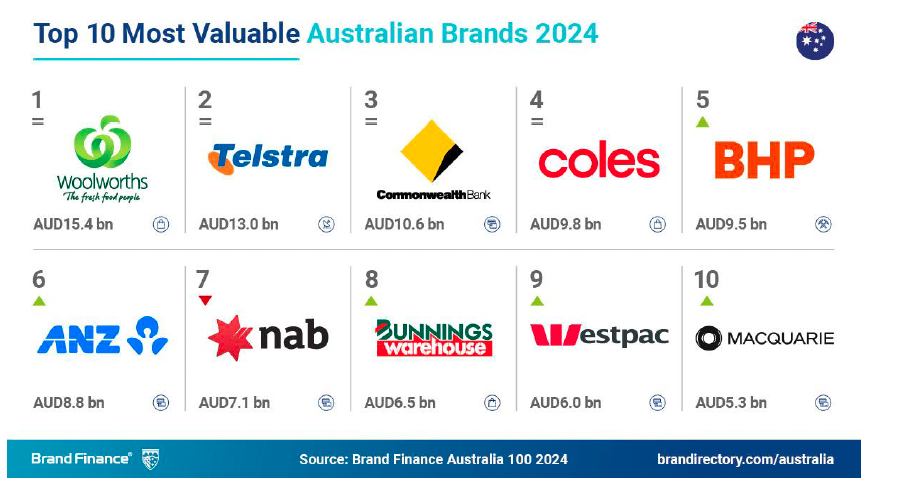Salesforce aims agentics at marketing with ‘digital labour’ to generate briefs, launch rapid self-optimising campaigns, personalised web experiences and kill 2 trillion one-way messages

Late majority
Less than a year ago Salesforce cooked Microsoft’s short-lived co-pilot era of AI assistants, unveiling autonomous agents armed with reasoning engines and capabilities to take action on behalf of their corporate masters, ending the rules-based, repetitive task automaton of co-pilots, first scaled for enterprise by Microsoft 18 months earlier.
Agentics are now firmly on the agenda of every corporate function from customer service to logistics and few contest they’re set to up-end how companies operate and the role of humans.
But for marketing, at least, the early surge of take-up and deployment of agentics by early adopter companies since they arrived last September has tempered. Salesforce executives say it’s “pretty similar to the standard technology adoption curve” but the tech company last week unveiled a bundle of new agentic marketing developments which the likes of Ford globally and Fisher & Paykel locally are integrating rapidly. The bulk of marketers remain in the “late majority”, waiting for proof points and more embedded, user-friendly tool and “clear ROI” before committing.
“It probably actually looks pretty similar to the standard technology adoption curve,” said Kelly Eliyahu, senior director, product marketing for the firm’s Marketing Cloud platform. “We’ve got folks like Fisher & Paykel that are really on the cutting edge with us in that top percentage that are blazing the way for everyone else to adopt and follow. It’s why we’re embedding everything we do from Agentforce right inside the product, so it’s easy to adopt.”
Digital labour
Agents, Eliyahu told Mi3, aren’t replacing marketers. “It’s that the things that I’m doing are faster and a higher quality. It’s not that I’m not doing blogs, it’s that I’m doing them faster and more efficiently and I’m seeing that in a lot of different areas. Where does my time go? Probably just to more things because as marketers, we’re being asked for so many things and most of things that don’t get done,. We just didn’t have time and so now we’re able to be that much more impactful because we can do more.”
It’s why Eliyahu’s boss calls agentics “digital labour” – they can take action. “This is really what differentiates AI agents from chat bots,” Kelman said in a keynote. “Chat bots simply passively sit there and wait for someone to ask a question and then give you an answer but with AI agents, they can take action, they can go and do things like submit orders and process results and pick off campaigns … so this action orientation is really what’s got people excited. And when you have all these agents taking action, you have an opportunity for something bigger, something that we can think about as digital labour, really enabling us to scale up the work that we’re doing massively.
Marketing’s slog
Kelman said most CMOs he talks to say their teams have between two and five times as much work they’re being asked to do as they have time to do. “So the promise of AI agents is to be able to give your employees agents that scale massively and allow them to augment the capabilities of the employees while at the same time using these agents to be able to offload some of the lower value tasks that they don’t want to do so they could focus on the fun stuff. If we could offload the drudgery to these AI agents, we can improve the quality of life for our marketing teams and get more work done.”
That’s part of the big sell.
Kelman and his colleagues showcased the likes of Ford using agents on its connected cars – sending text messages to customers that an oil change or service was due, suggesting times to book, interacting with customers and completing a booking without the need for humans.
For marketers, Kelman said the prospect of killing one-way messaging and ubiquitous “no reply” campaigns to customers was one of a line-up of featured use case in the latest rollout of agents form Salesforce.
“Two-way conversations is what we want,” Kellman said. “It’s a human interaction. If you think about when we have our best employees talking to our customers, they’re listening, they’re being empathetic, they’re responding, having a very real conversation that’s likely to result in a positive outcome. But when it comes to our marketing messages, often too much of it is just blasting messages out to channels. But we think there’s a better way.”
Steve Hammond, EVP & GM, Marketing Cloud said more than 2 trillion messages per year were sent annually by clients from “our systems and behind that over 200 trillion decisions are made to decide what to send and when to send it. The incredible opportunity with AI and this next generation of marketing is if we can take those 2 trillion messages, which Ariel highlighted earlier are often times do not reply – how can someone respond back? How can you carry on a conversation and turn these 2 trillion conversations or messages into 2 trillion conversations, highly personalised, highly engaging messages, and engaging with your customers.”
Personalised web in a year
Kellman said deploying agents to websites for personalised content and interactions was also coming fast for marketing and digital teams – within a year, he told Mi3.
“Most ads today send people just to static web pages with a form, but instead, what if you send them from an ad directly to an agent that could have a two way conversation right in your website. And if your website, instead of just showing one size fits all information, if your website could dynamically render the content based on what’s most useful for the conversation you’re having with the agent… reinforces the conversation.”
We’re just looking at the beginning of this,” he said. “I think it’s a big idea and we’re excited to see what our customers do with it.”





